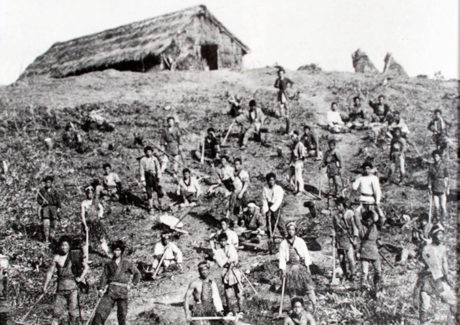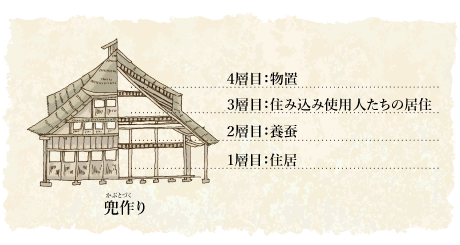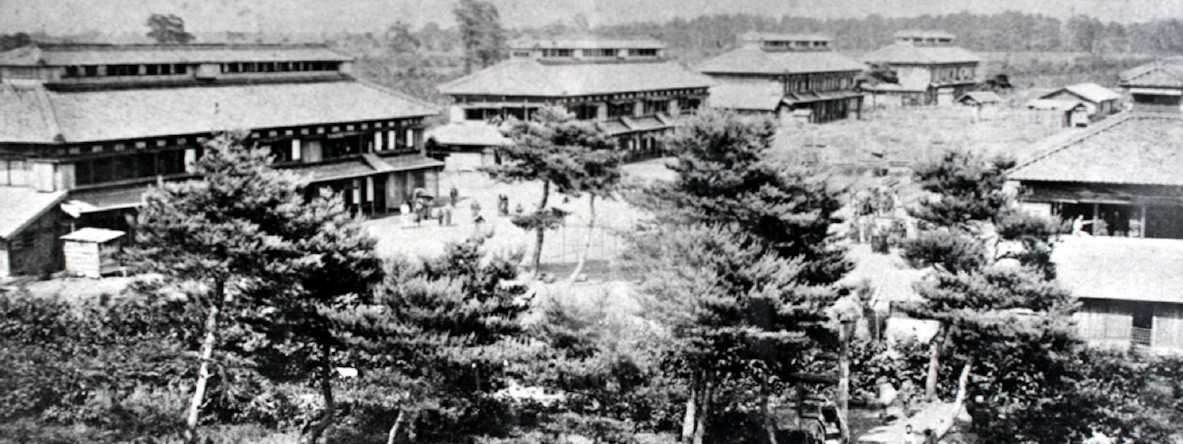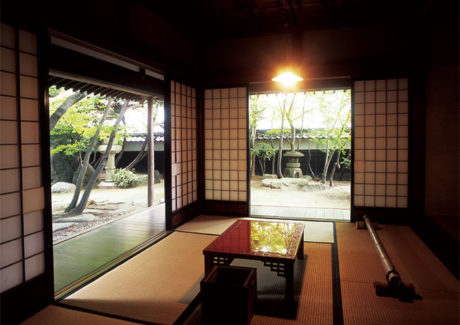Samurai Silk
Witness the modernization of Japan in Tsuruoka
In the center of the Shonai region of Yamagata Prefecture lies Tsuruoka City where samurai warriors of the old Shonai Domain switched their swords for hoes to create the Matsugaoka Reclamation Land.
In the process, they built the northernmost silkworm farm in Japan that eventually became the country’s largest and the only remaining place to maintain the complete process of silk production, from silkworm breeding to production of goods.
Besides Matsugaoka, Tsuruoka is also home to Tamugimata village, a small township alongside the Rokujirigoe Kaido where a four-storied farmhouse still stands that once housed both farmers and silkworms under the same roof.
This marks the only location where a silk refining process dating back to the Meiji Period (1868-1912) still exists, and along with preserving the history and culture of the silk industry, is a location striving hard to create a new cultural value for silk.
A visit to Tsuruoka will not be complete without witnessing first-hand the townscape built by the ancestors of a Japan in the throes of modernization.

















